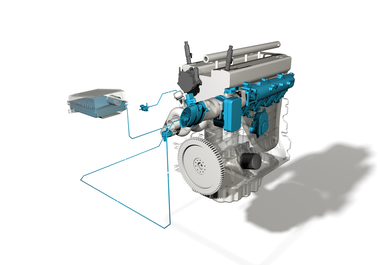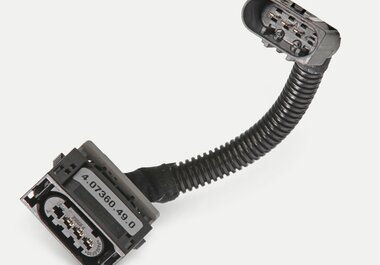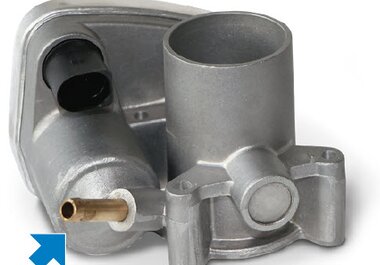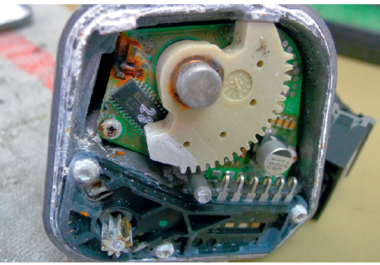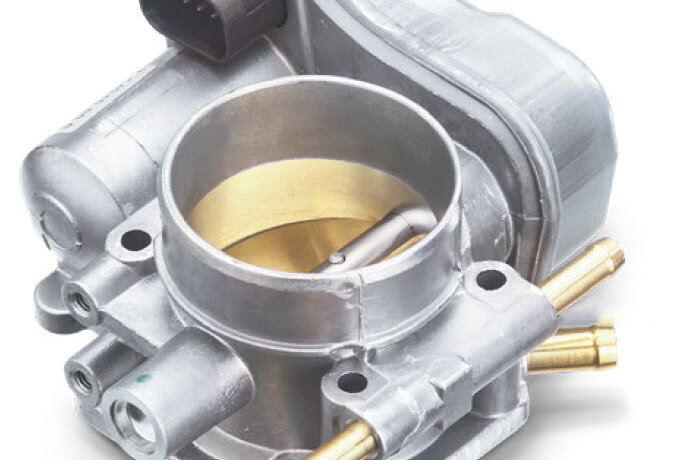
Throttle valves and regulating throttles
what is the difference?
Information on the product
What is the difference between throttle valves and regulating throttles? What functions do throttle valves have for petrol-driven vehicles? What are regulating throttles for diesel vehicles used for? Are diesel throttles, diesel throttle valves, prethrottles and throttle governors just other designations for throttle valves or are they entirely different components? You will find the answers in this article.
In a petrol engine, the throttle valve impacts the quantity of air that is drawn in. More or less fresh air or air-fuel mixture flows into the cylinder according to how open the valve is. The position of the throttle valve directly determines the performance of the engine. The traditional method of operation is a mechanism using a rod or cable. Today, the position of the accelerator pedal is usually transmitted electronically to the throttle valve (E-gas, drive-by-wire).
Diesel vehicles require a so-called regulating throttle, as the use of turbochargers means that the pressure difference is insufficient for the high exhaust gas recirculation rates of up to 60 %. The example of an engine with variable valve train, the result of a cooperation between BMW and PSA, illustrates the constant development here. Although the petrol engine has only a single throttle valve, this only executes limp home and diagnostic functions. In normal operation, this throttle valve is constantly open just like a regulating throttle in a diesel engine.
THROTTLE VALVE
- petrol vehicles
- powerless closed state
- previously: operated via cable today: electromotive drive
- possible attachments such as idling actuators, vacuum connections, potentiometers, angle sensors, micro switches, heating connections
USE
- meter the intake air quantity (mixture control)
- idling regulation
- many potential functions, such as idle control, speed control, ASR traction control, fuel consumption control, emission control
REGULATING THROTTLE
- diesel vehicles
- powerless open state
- pneumatic or electromotive drive
- other common names: diesel throttle, diesel throttle valve, prethrottle, throttle governor
USE
- increase the manifold vacuum
- exact metering of the exhaust gas recirculation rate
- prevention of shaking after engine is switched off by closing the valve when the engine is switched off
- essential component for regenerating the diesel particulate filter
